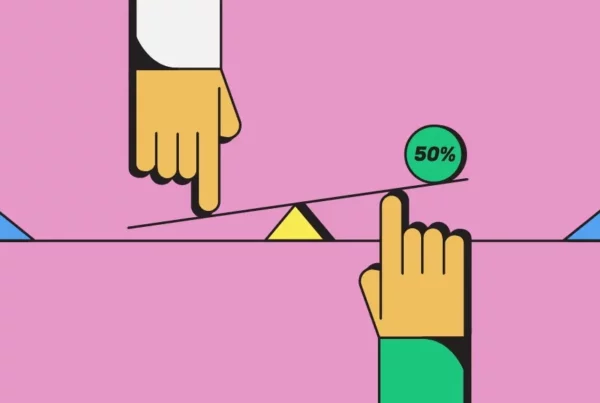News >

Hail to the hashtag

As the hashtag celebrates its first decade, OMD’s Eman Abu Alia reflects on its meteoric rise to prominence and how it is shaping our new digital language.If ever there was an occasion to consider just how far the world of social content organization has come, then the humble hashtag turning 10 is surely it.
Hashtags, once merely signifying a ‘pound’ or ‘hash’ symbol on your phone, now have a much deeper meaning in language, both online and offline. They are used daily and have ultimately changed the way we connect – they’ve disrupted digital language and even crept into our oral communication and storytelling.
Instagram now has a dedicated discovery feed for users to find relevant content, while Twitter ranks content by trending topic, ensuring our social feeds are always populated and hyper-connected to what’s going on around us.
While we are all familiar with how hashtags are used, what is perhaps less well-known is how the symbol became one of the most important digital developments of the past decade.
The use of the hashtag was inspired by an online chatting system called the Internet Relay Chat (IRC). People would use the ‘#’ symbol with a word to organize content on the Internet Relay Chat – this concept of grouping content was called “organizing by channels.”
It wasn’t until 2007, however, that a growing need for this type of organization really began to develop. During SXSW, people not attending the event grew frustrated with their Twitter feeds for showing them a large volume of irrelevant content.
This inspired Chris Messina, a former Google and Uber developer, to suggest a solution for Twitter in a blog post. Messina proposed using tags, renaming them ‘channels’ to organize content on users’ feeds. Testing his proposition on Twitter, he famously proceeded to ask his followers about the pound symbol and its potential use as a content organizer.
Slowly, the symbol’s use began to pick up on the platform, with momentum really gaining traction thanks to web developer, Nate Ritter’s Twitter coverage of the #SanDiegoFire. Utilizing hashtags to keep his users informed, it created an instant dialogue between him and his followers.
Two years later saw Twitter develop an automatic search tool so users could see who else was using a specific hashtag. Hashtags began to develop further to link you to people you didn’t follow or who didn’t follow you, helped you make new discoveries and organized content accurately.
As its popularity grew, the word ‘hashtag’ eventually overcame the word ‘pound’, which was the usual reference of the ‘#’ symbol, due to its common use in programming. The hashtag began to evolve as a powerful and revolutionary way of communicating, both in times of heightened historical and political turmoil, and more casually, in everyday life.
The Arab Spring is a great example of the power of Twitter and specific hashtags to broadcast live information. In the spring of 2011, #Bahrain became one of the most used hashtags of all time. The Occupy Wall Street hashtag was just as profound and gave people real time insight on activities.
Developing beyond end-to-end user communication, marketers and brands have also found ways to utilize hashtags, both to grow their digital presence and followers.
Audi were the first to leverage this with their 2011 Super Bowl TV advertisement, using the hashtag #ProgressIs at the end of the 60 second spot. Viewers were encouraged to tweet using this hashtag and a specific URL during the game for a chance to win a test-drive of the Audi R8. While such initiatives are commonplace now, at the time this was considered hugely successful and by 2013, over half of the Super Bowl commercials used hashtags.
It’s a trend we’ve seen adopted globally by businesses, who are constantly looking for new ways to engage their consumers by making an emotive connection. What comes next will be equally exciting to witness: edible Instagram posts and a real-time purchasing platform are already in the works.
While hashtags continue to develop in-line with our new technological capabilities, traditional communication will only fall further out of favour. Hashtags may only be a decade old, but it’s clear that we’re the ones who will need to play catch up in learning this new digital dialect.
This article was first published in Campaign Magazine Issue #219.


